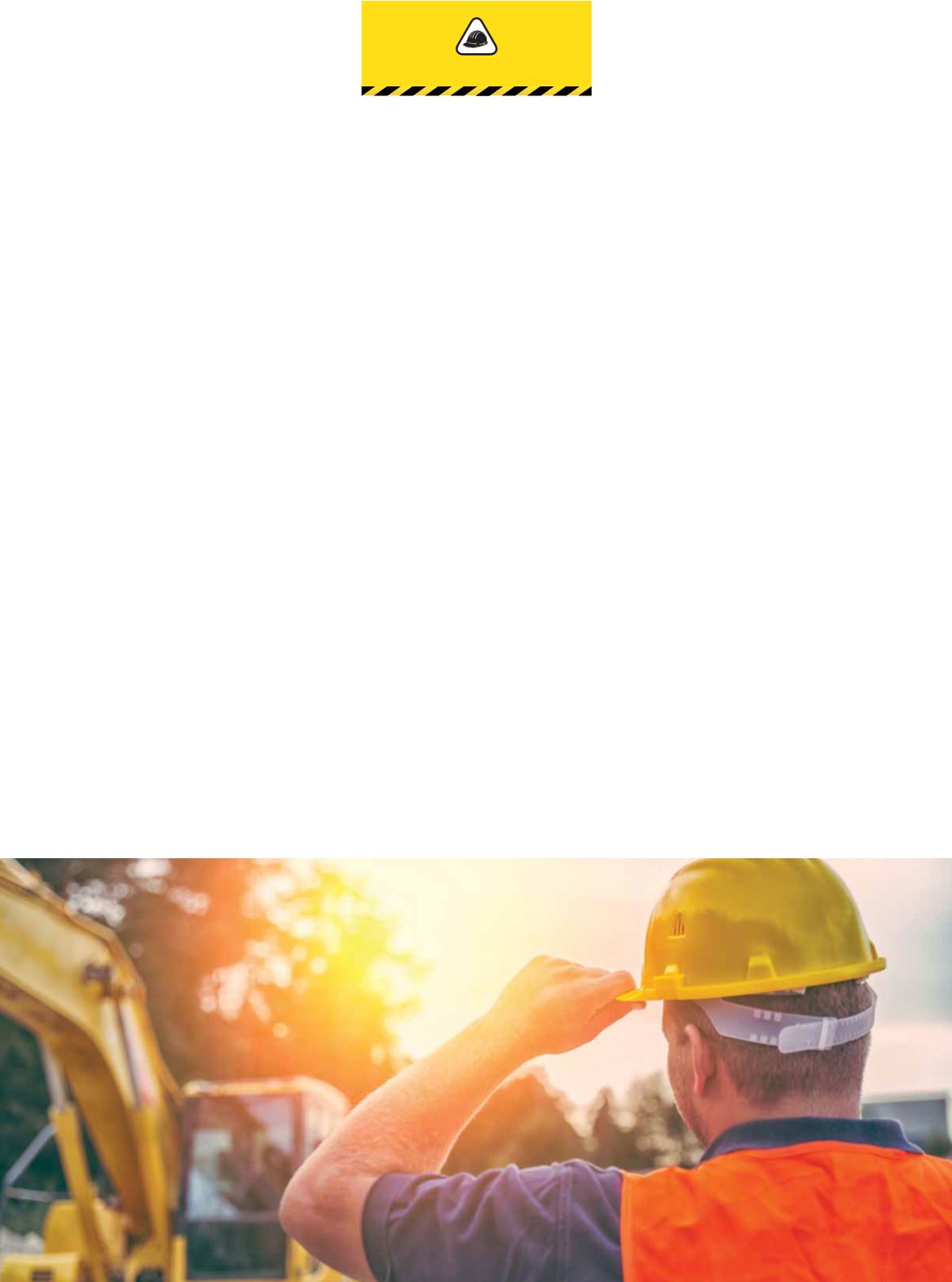

1 0 2
ACROSS THE TRADES Summer 2017
THERE’S NOT ALWAYS SAFETY
IN SUNSCREEN
L
ast summer a number of popular
sunscreen brands, including
Banana Boat and Cancer Council,
were linked to serious burns in children
and adults in Australia. Dozens of people
were treated for first and second degree
burns after using sunscreen products,
with one three-month old baby requiring
hospitalisation.
Despite fears that dodgy sunscreen
products were making their way
onto shelves, the Therapeutic Goods
Administration (TGA) found the
products performed consistently
according to labelled claims. The TGA
tested a range of sunscreen products
after the burn allegations and found all
products tested contained the correct
levels of ingredients and complied with
the Australian regulatory guidelines.
The TGA says the issue is therefore
not with a product’s failure to
protect but with allergic reactions
and consumers’ failure to apply and
re-apply sunscreen correctly as per
labelling instructions.
Despite these assurances, the
organisation has proposed an ongoing
review and will check the compliance
of all sunscreens listed on the
Australian Register of Therapeutic
Goods to ensure products are of a good
quality, safe and meet regulatory
requirements. The summary of the
review will be published at the end of
the year but the TGA does not expect
it to find that sunscreen products are
failing to protect consumers.
“With more than 24 million people in
Australia, there are many millions of
applications of sunscreen each year
and - given the widespread use - the rate
of reported problems is low,” says a TGA
spokesperson in a press release.
Generally, reports of a product not
being effective are allergic reactions
that have been mistaken for sunscreen
product failures. For instance, the
three-month old baby who required
hospitalisation for burns the mother
alleged were caused by defective
Cancer Council Peppa Pig sunscreen,
actually had an allergic reaction to
ingredients in the product.
St Vincent Hospital director of
dermatology and Australian College
of Dermatologists president Associate
Professor Chris Baker says this mix-up
occurs because some of the symptoms
associated with allergic reactions,
such as red rashes, are similar to the
symptoms of sun burn.
“The reaction to sunscreen chemicals
can cause contact dermatitis, which
results in a rash, itchy skin, blisters
and/or swelling where the sunscreen
was applied. There are several
ingredients in sunscreen products that
can cause these reactions, including
preservatives, the actual sunscreen
chemical, fragrances and perfumes,”
says Chris.
“Allergic reactions to sunscreen can
also in some cases be paradoxically
made worse with sun exposure.”
EARLIER THIS YEAR, REPORTS OF SUNSCREENS ‘FAILING’ TO PROTECT USERS SPARKED FEARS THAT TRADIES
WORKING OUTDOORS WERE BEING PUT AT RISK AND DREW ATTENTION TO EMPLOYER RESPONSIBILITIES IN REGARDS
TO SUN PROTECTION.
ADELLE KING
REPORTS.
OHS
















